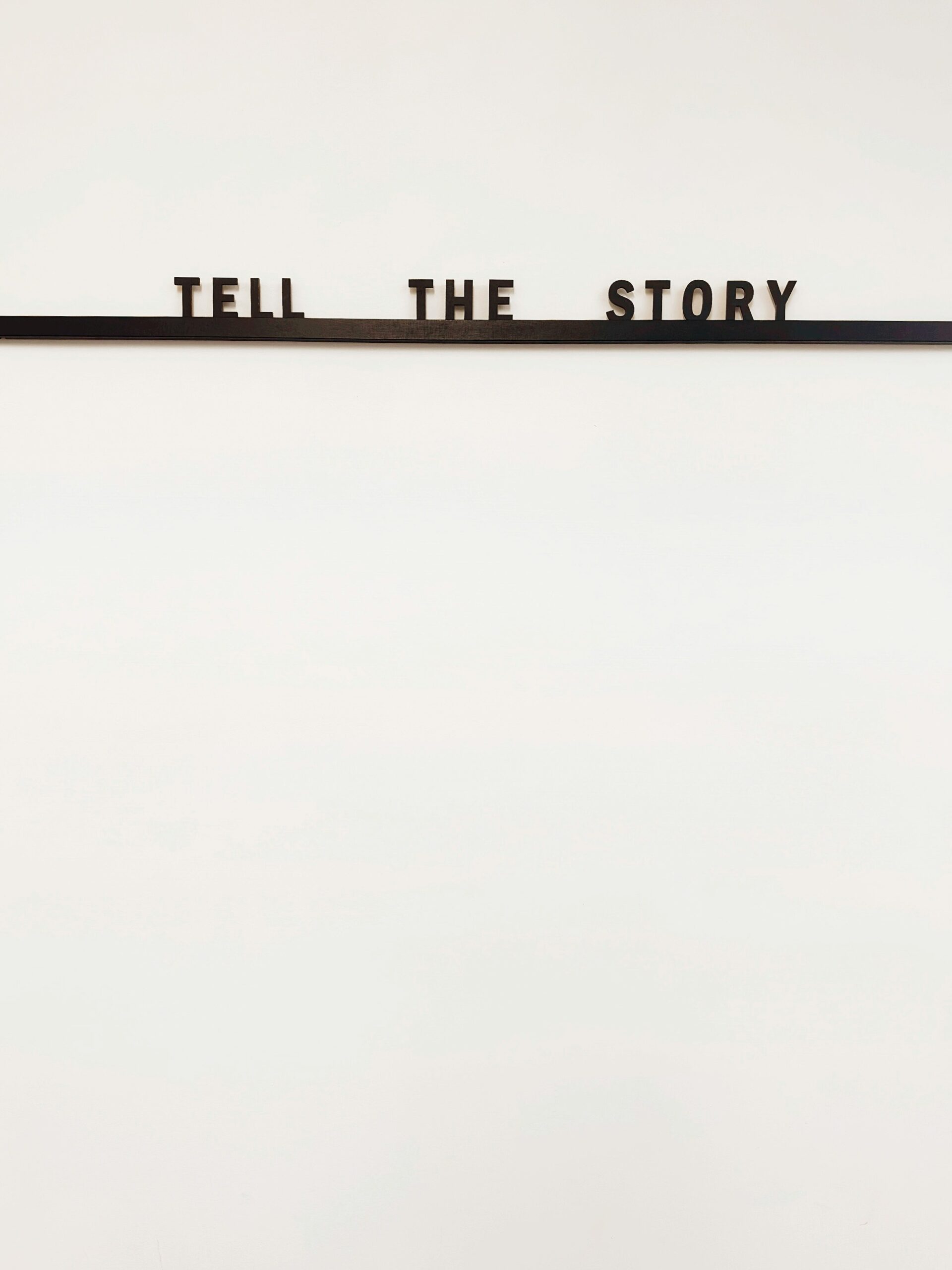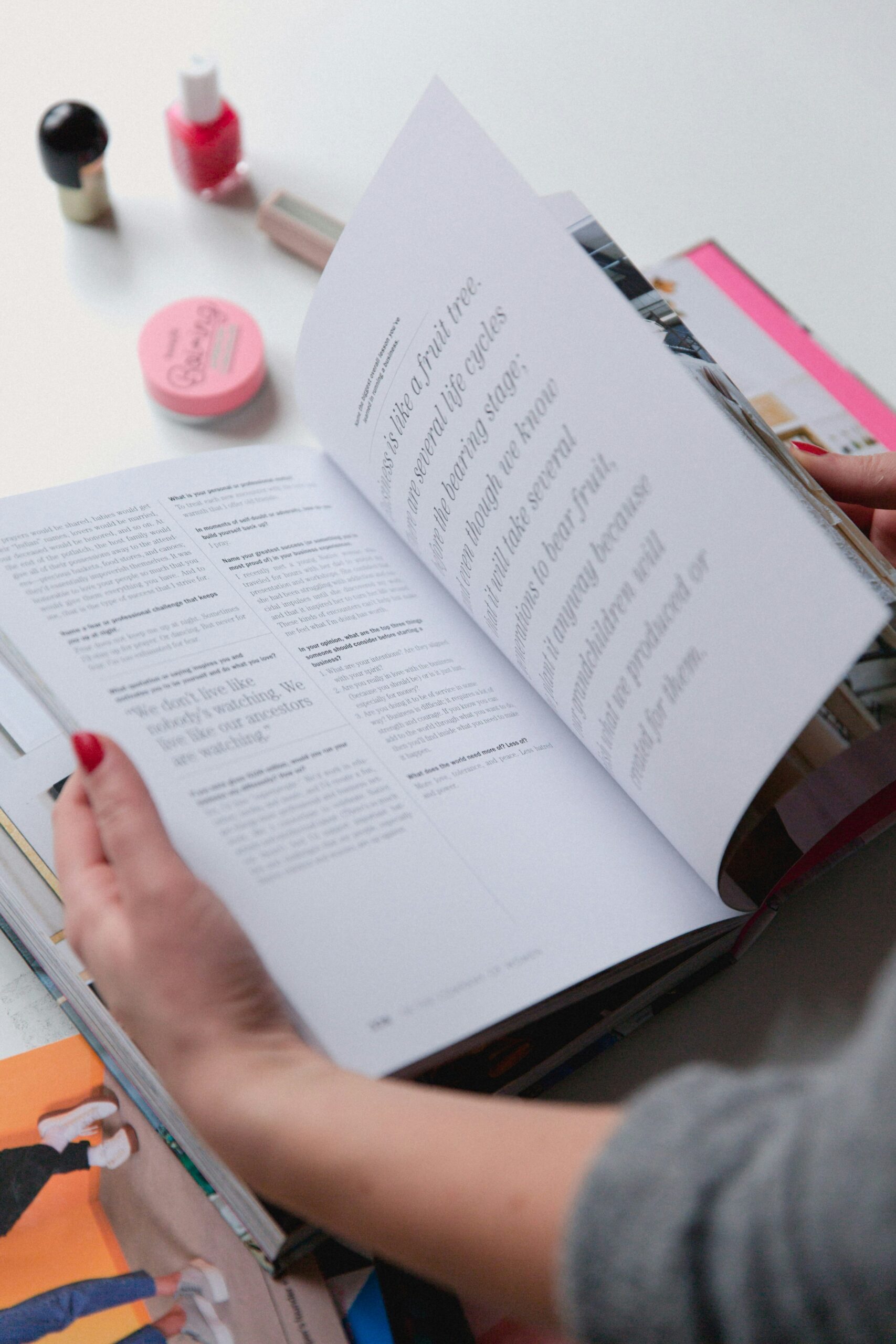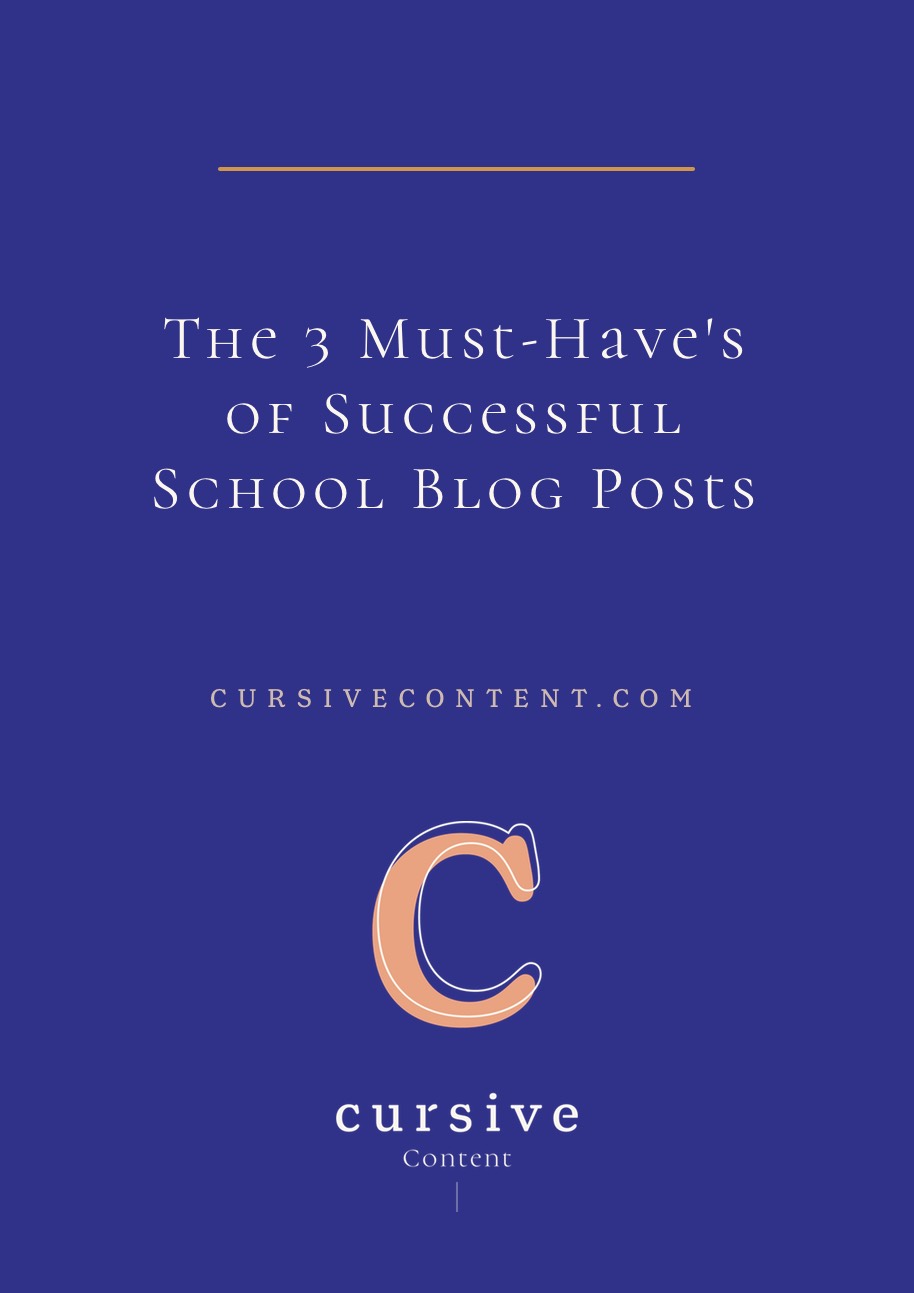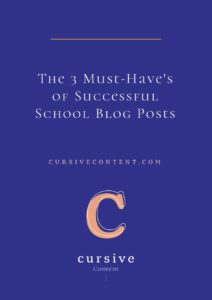The 3 Must-Have’s of Successful School Blog Posts (+ Resources to Create Them!)

We’re helping you attack the blank page this month by sharing tips and tools to help you blog better. But before we get into the actual writing part, we need to understand the parts part.
Here’s what I mean: a blog post is, in its simplest form, an online article. However, in order for your blog post to DO something for you — to connect with your audience, to gain traction online, to help you reach your marketing and admissions goals — it needs to be more than online content. It needs to be content marketing.
To make your blog post work harder as a marketing tool, you want to make sure each article includes the following elements — the must-have’s for a successful school blog post.
![]()
(Need a refresher on the definition of content marketing? Get it here, or watch this nifty video from the Content Marketing Institute.)
#1: Stellar Content
Your blog content needs to be exceptional in order to capture attention online. It should clearly express your school’s personality, voice and tone, and demonstrate that you understand the wants, needs, concerns and challenges of your audience. Remember, good storytelling means you’re telling stories for your audience, not for yourself.
Think your content could use an upgrade — or simply don’t know where to begin? Learn more about creating compelling content in these posts:
- The 6 Things You Need to Start a School Blog
- Confidence before Content: How to Find Your Content Marketing “Sweet Spot”
- 3 Website Copywriting Facts That Should Change Your Content Strategy
- Master the Lede: How to Hook Readers With School Marketing Content
#2: Captivating Image
The online world is an increasingly visual one — so make sure you support your amazing content with an equally amazing image. On this blog, we use two images in each post: one that is optimized for Pinterest and includes the title of the post in eye-catching font (see above), and one that is used as a feature image on our home page and also provides contextual support or interest (see below).
Lucky for us small-budget folks, there are plenty of free or low-cost image and editing tools available now. Here are some of my favorites:
Free Image Libraries
- Pexels (great for work-related photos or bright, vibrant, abstract images)
- Unsplash (artistic, beautiful portraits, landscapes and still-life imagery)
- Pixabay (lots of general stock imagery, but if you get creative you can find some good photos)
- BigStock (not free, but very low cost — a great alternative if a free image won’t work)
Those of my go-to resources, but for even more of a selection, check out Brendan Schneider’s “40 FREE Stunningly Beautiful Stock Image Sites.”
Photo Editing Tools
- Canva (super easy to use, with tons of design templates and flexibility)
- PicMonkey (lots of filters, text, collage and embellishment options)
Optin/Gated Content Creation
- Canva (easy to create worksheets, templates and ebooks using pre-made templates)
- Pages by Apple (nearly as simple as Word, but with many more design capabilities; we use this to create most of our downloadable workbooks and checklists)
#3: Thoughtful Promotion
I’m going to break this into two components: sharing and lead generation. Because you want your blog content to have both.
On the sharing side, you need to have a plan in place to get your content to your audiences once published. Hitting that publish button is NOT enough. Here are some articles to help you do that:
- 10 Ways to Ensure Millennials Connect With Your Content
- Social Media for Schools: 5 Tips for Working Smarter, Not Harder
- The Big List of No-Fluff Social Media Post Ideas for Schools
- From Interested to Enrolled: How to Create Content for Every Step of the Journey
As for lead generation, you want to make sure that once your audience DOES read your content, the conversation doesn’t stop. You need a way to continue to engage with your audience, capture their information, or get them to take action. Here’s how:
- 20 Best Tips for Fast, Effective Email List Building
- Create & Gate: What Makes The Best Gated Content?
- 3 Ways to Pack Valuable Content into Overlooked School Communications
Combining these three elements into every blog post you write will help ensure your efforts are not only elevated, but also much more effective.
Want to learn more about content marketing for schools? Download our free ebook, The School Marketer’s Guide to Content Marketing.
MORE ARTICLES
-
 Clarity in 50 Words or Less: How to Write Your School’s One-Sentence Story
Clarity in 50 Words or Less: How to Write Your School’s One-Sentence Story -
 The 4 Building Blocks of a Strong School Story (and Why AI Needs Them)
The 4 Building Blocks of a Strong School Story (and Why AI Needs Them) -
 How to Stop ChatGPT from Making Your School Sound Generic
How to Stop ChatGPT from Making Your School Sound Generic -
 What Should Your School Do with Its Blog Now That AI Is Changing Search?
What Should Your School Do with Its Blog Now That AI Is Changing Search? -
 What Is Your Private School’s Bold & Unifying Big Promise?
What Is Your Private School’s Bold & Unifying Big Promise? -
 Viewbook Best Practices for Private Schools
Viewbook Best Practices for Private Schools -
 AI Writing Prompts to Power Private School Storytelling
AI Writing Prompts to Power Private School Storytelling -
 How to Write a Magnetic Private School “About” Page
How to Write a Magnetic Private School “About” Page

